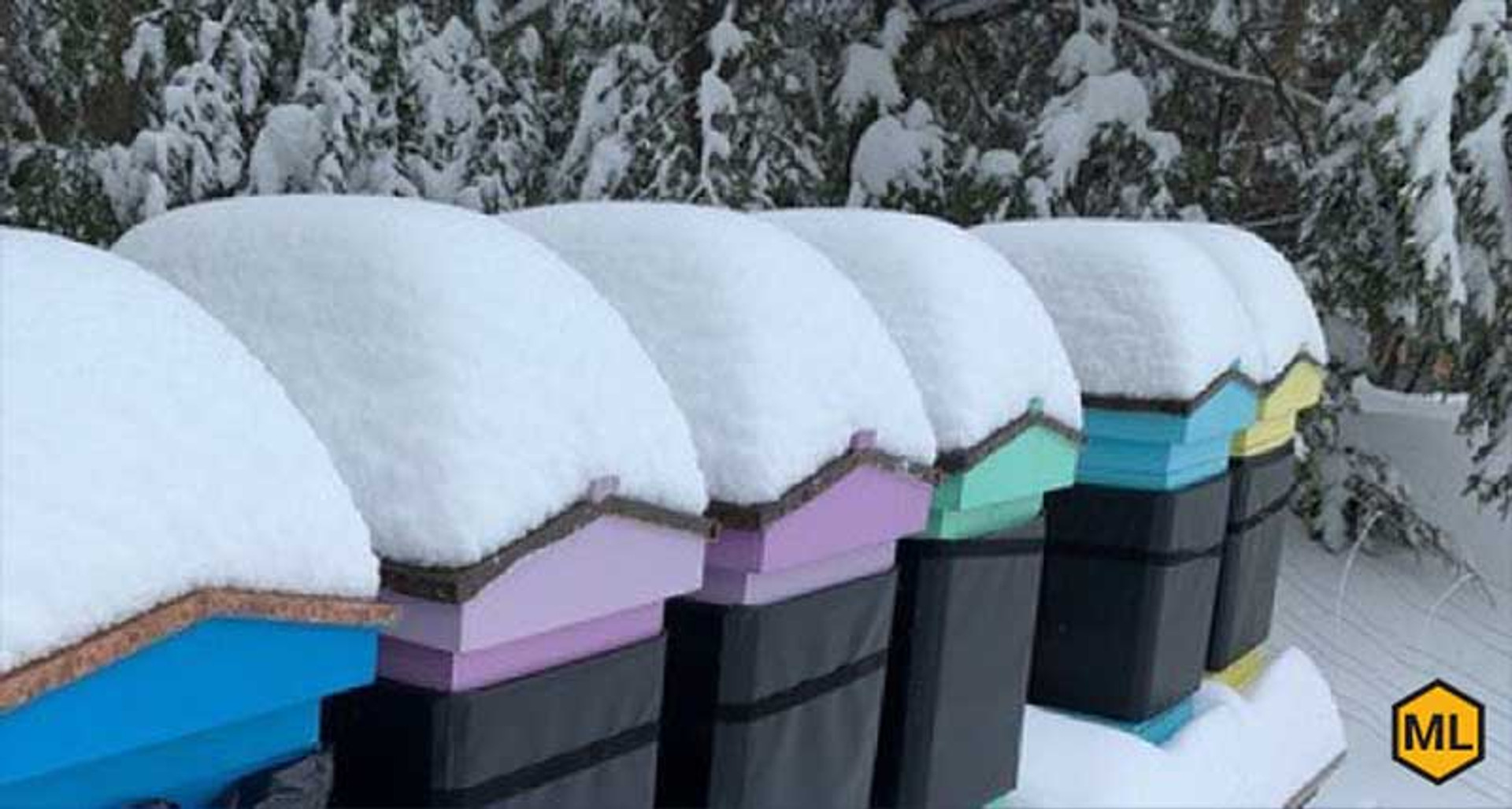How Do Honey Bees Survive The Winter?
Bees are fascinating little creatures. We’re aware of their presence as they fly around during spring and summer, but what happens to them when fall and winter come along?
They’re not buzzing around, and they’re not hibernating, so how do honey bees survive the winter? Here’s a rundown of what goes on inside a hive throughout the coldest season.
Preparation
Bees work hard throughout the entire year to prepare for winter. All the time spent collecting nectar and producing honey during the warmer months means that the hive has plenty of food to last them throughout the cold months.
Once natural sources of nectar start to disappear in the fall, the honey bees settle into their hive for the season. In late fall and early winter, the queen stops laying eggs to help preserve the hive’s limited food stores. Meanwhile, the bees begin to battle the cold by forming their cluster within the hive.
The Cluster
Proper temperature regulation is vital to a hive’s survival in the winter. If bees get too cold, they freeze and are unable to move to their food source. To prevent this, the colony forms a cluster to keep warm. At the center are the queen and her brood. Immediately around her are the cluster’s inner bees, who feed on the honey stored in the hive to keep up their energy.
That energy goes toward vibrating their bodies to generate heat. With hundreds—if not thousands—of bees moving like this, the cluster can warm to 90-degree temperatures, which is ideal for survival. Meanwhile, the bees on the outside of the cluster stay still and work as insulation, keeping the heat in and the cold out.
If these bees get too cold on the outside, they switch places with their brethren on the inside, taking turns doing their jobs to keep the colony warm.
Feeding On Honey
When temperatures are too cold, the bees on the outer layer pull together to tighten the cluster and better insulate those on the inside. On days when temperatures are warmer, however, the cluster expands, letting air flow through and allowing them to move.
It’s on these days that the cluster moves around in the hive in search of new honey sources. This is why heat is one of the most essential parts of how honey bees survive the winter. If temperatures stay too low or there aren’t enough bees to keep the hive warm, the colony might not be able to move to a new food. This can lead them to starve to death within their hives.
A strong colony—and a healthy queen—are necessary as the fall season approaches. If the queen isn’t laying enough eggs, and there aren’t enough worker bees to create enough honey or heat, the hive likely won’t make it through the season. Luckily, honey bees are amazingly dedicated and efficient workers, and all the effort they put in throughout spring and summer helps them survive the winter.
To ensure your hive has everything it needs to survive the winter, you may want to buy a queen bee. It’s important your queen bee is healthy and can care for the hive as cold weather takes over.

